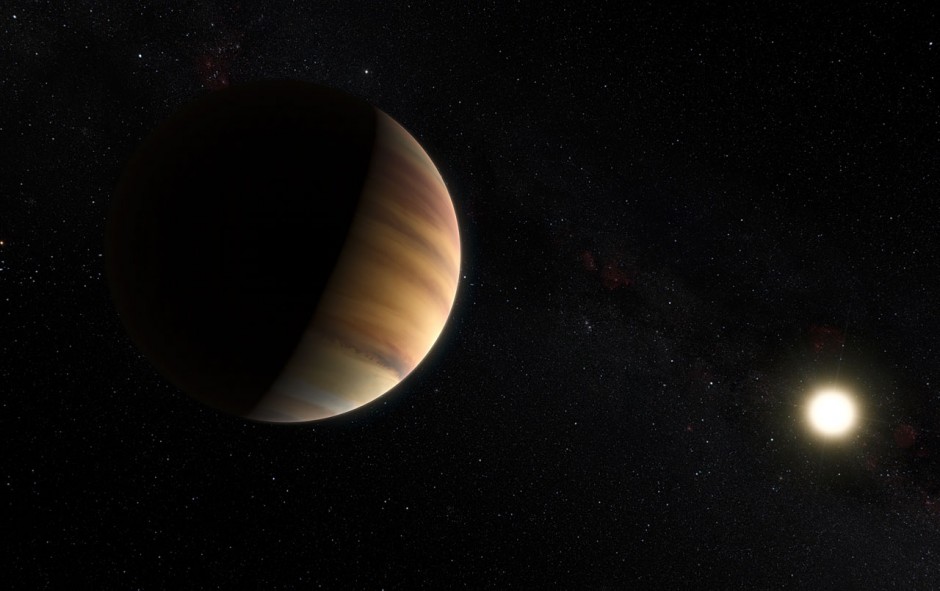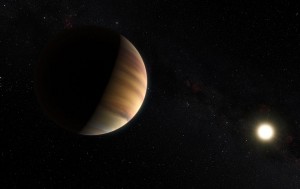The spectrum of 51peg b 20 years after

51pegb: 20 years after its discovery, astronomers have managed to obtain its spectrum.
Remarkable success of an international team of astronomers including members of PlanetS: they got for the first time a spectrum of light reflected from an exoplanet; and not just any one but 51pegb, the first around a sun like star discovered 20 years ago. To achieve this, they used HARPS, the most powerful spectrometer in obtaining exoplanetary spectra. Being at the limit of the possibilities of the instrument, this result shows promise for the future as astronomers demonstrate that it is possible to obtain a spectrum without the necessity of a planetary transit. The technique can be applied to a large number of exoplanets allowing access to features previously unobtainable.
“This is a very difficult technique to master,” says Christophe Lovis, co-author and member of the NCCR PlanetS, “the signal of the planet coresponds to 0.001% of that of the star. Even after removal of the stellar spectrum, it is not obvious to find the one of the planet in the residual signal”adds the astronomer. To obtain the spectrum of the star, researchers take an exposure when the planet shows its dark side and another when it shows its face lit by the star. “You have to know the ephemeris perfectly, the slightest mistake on the timing would make the observations unusable” explains Christoph Lovis, who insists that the interpretation of the results is not without difficulty “we know neither the radius of the planet or its albedo, a calculation of the size and density is quite uncertain”.
While the uncertainties and difficulties are still quite extensive, the prospect to be taking spectra and thus be able to study planetary atmospheres is perfectly justified. HARPS is in fact installed on a relatively small telescope (3.6m) while its successor ESPRESSO should be 10 times more effective and will be installed on a VLT itself that is 5 times larger than 3.6m. The spectra of the planets will be more accessible, presaging many discoveries and surprises ahead.
Categories: News


